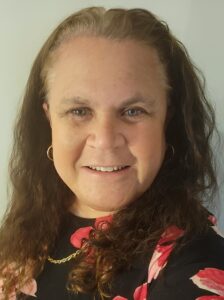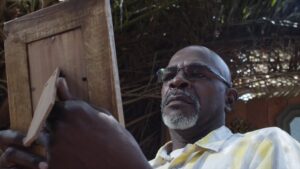By Peg Lopata, Contributing Writer

REGION – Are you a solo ager? What does that mean, anyway? Well, if you’re at a loss as to who to put down on forms as your emergency contact person, that’s a solo ager. But there can be other difficulties more challenging than that. You may not have any support system. You may not know what to do about appointing a health care proxy and you may be embarrassed to get help or talk about your loneliness―a major taboo in our world. Luckily, there are solutions to make aging alone less of a problem.
The Situation
The baby boomers are going gray and their children, if they’ve had them, have left home. Through the census data it’s easy to see there’s many living on their own. According to the 2021 U.S. Census Bureau’s report, about 22.1 million adults 55 years old or older live alone. An even greater number―40 percent of those 55 and older without children live alone.
The challenge today is that unlike generations past, elders may be living alone with no family members nearby. And longevity is becoming increasingly common. That can mean you may come to a point in your life when you have no family members at all. The government’s census calls you a “one person household” but that doesn’t explain much about your life.
Solutions

Photo/Submitted
How to make it through your elder years without a partner, spouse or children can be tough.
“We have a caregiving and support shortage,” explained Ailene Gerhardt, 49, an independent, board-certified patient advocate and founder of Beacon Patient Solutions, LLC, a patient advocacy business. “The infrastructure doesn’t exist. So we have to create it. We have to make sure support is there.”
The greatest challenge can be our complicated health care system. There are decisions to be made. Advocates like Gerhardt can help make it easier to figure out what to do to care for yourself and have plans in place if you cannot care for yourself. She also helps solo agers connect with financial planners, lawyers, housing experts, and others―people who are well versed in what it means to be a solo ager.
She explained, “When my clients are seeking advice, they are asking, ‘who speaks my language?’”
Gerhardt is passionate about helping elders. She knows elders have different needs than younger people―that we speak a different language.
At the top of many elders’ list is medical issues. For some peace of mind, Gerhardt advises to make a plan now for unforeseen medical emergencies. “Be proactive, not reactive,” she adds.
To keep feeling connected to others, though it can be difficult, it’s important to get out into the community. For elders unable to drive or walk, there are community senior centers or city agencies that often offer driving to places. If able, it’s healthy to get to your local park, café or senior center.
Feeling less alone
Gerhardt knows it’s not easy to be alone. She’s a solo ager herself.

“There’s a stigma about being solo,” she said. “But when people learn they are not a unicorn, they are thrilled knowing that others are experiencing the same things, such as navigating the stigma of living alone both internally and externally.”
What this means is that an elder may feel bad about themselves that they are on their own. That’s an internal problem, a voice in one’s head that says they are a problem because they live alone. An external problem is society. Others may treat elders on their own poorly or try to take advantage of them because they live alone. Fortunately, with people like Gerhardt and the many other resources available, (but unfortunately not widely or plentifully enough) these challenges can be addressed.
RELATED CONTENT:
Top Experts Question the Value of Advance Care Planning – Fifty Plus Advocate
Massachusetts is reimagining aging in its communities (fiftyplusadvocate.com)
Productive aging – Fifty Plus Advocate












